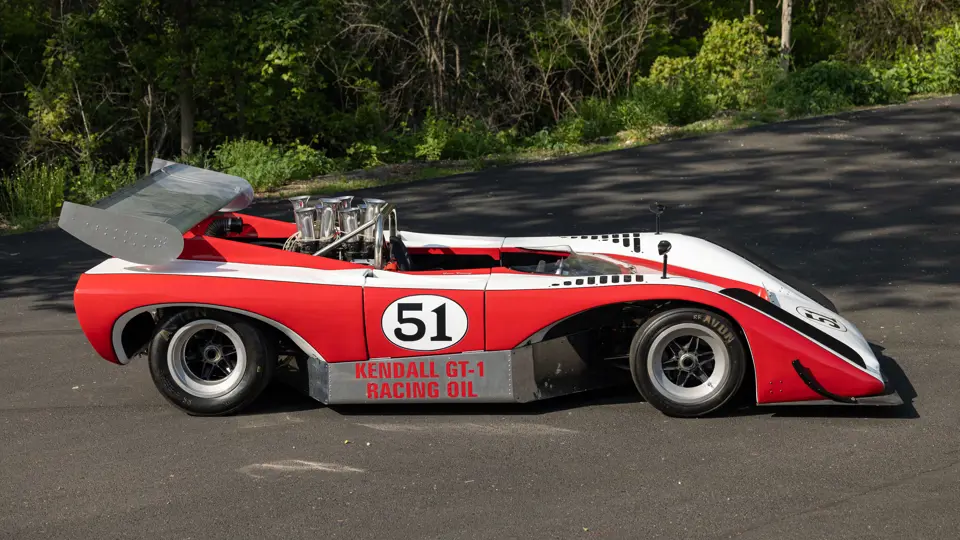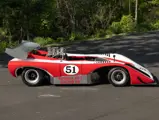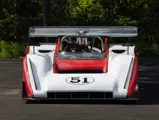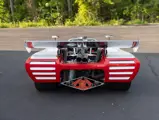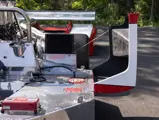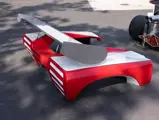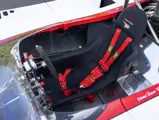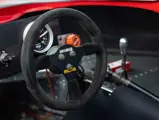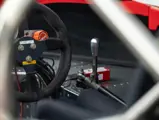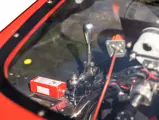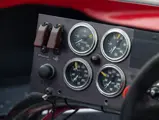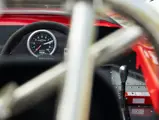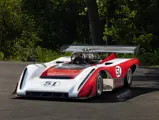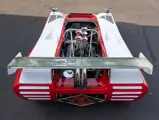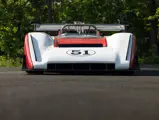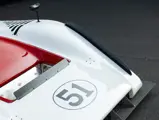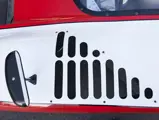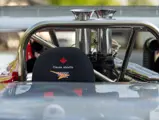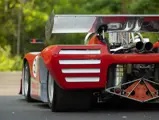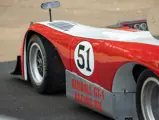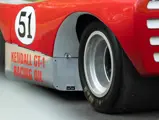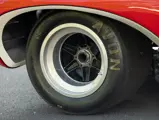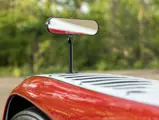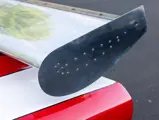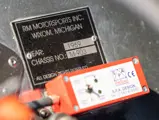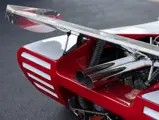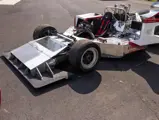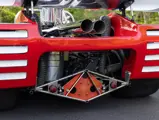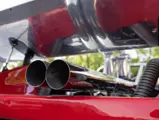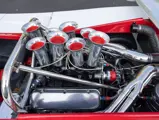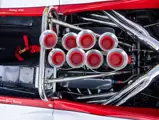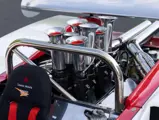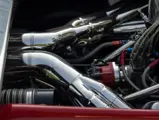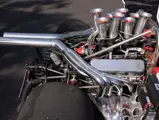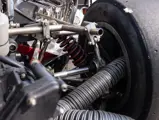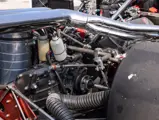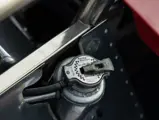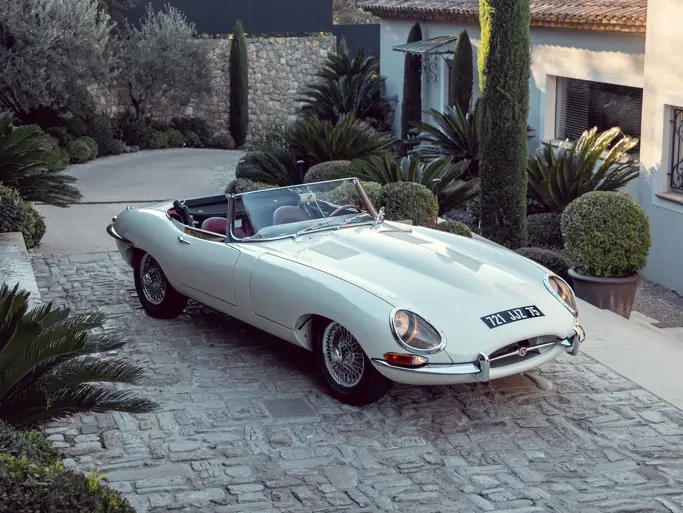
1971 Lola T222 Chevrolet Can-Am
{{lr.item.text}}
$302,000 USD | Sold
{{bidding.lot.reserveStatusFormatted}}
- One of only six produced
- Purchased new in May 1971 by SCCA veteran David Causey from US Lola distributor Carl Haas
- Campaigned in the 1971 Can-Am Group 7 series
- Comprehensive restoration in the early 1990s by Can-Am restorer Bud Bennett
- Extensive refurbishment under current ownership, including new engine and carbon-fiber body
- Known ownership history since new with copies of 1990 and 2004 bills of sale
- Multiple winner of Can-Am Reunion vintage races at Road America
- Eligible for SVRA competition
During the Swinging Sixties, a nearly lawless racing series emerged in the Canadian-American Challenge Cup and stunned spectators with thundering prototypes pushing well over 1,000 horsepower. Can-Am’s fabled Group 7 series ran with no limits on engine size and virtually unrestricted aerodynamics from 1966 through 1974; if the car had two seats, bodywork enclosing the wheels, and met basic safety standards, it was allowed. Among the most highly evolved entrants was the 1971 Lola T222. A revision of the T220 with an additional 10 inches added to the wheelbase for improved stability, it featured an aluminum monocoque chassis, fiberglass bodywork, tubular suspension with telescopic dampers, and Girling ventilated disc brakes. Powered by Chevrolet V-8 engines of various displacements, only six were produced.
The Lola T222 offered here was dispatched from the factory on 20 April 1971 and delivered to US Lola distributor Carl Haas. Privateer racing veteran David Causey of Carmel, Indiana acquired the car new from Haas. He is said to have traded in his Lola T163, which he drove to a fourth overall standing in the 1970 Can-Am series. For 1971, Causey would enter the T222 in only six of the 10 races, having been plagued with mishaps and accidents. He finished a laudable seventh in the first two races at Mosport and St. Jovite but was eliminated from the following two races at Road Atlanta and Mid-Ohio after getting mixed up in crashes. At Road America, while his car was in the shop, Causey rented another T222 and finished sixth. He sat out the next event at Donnybrooke as his car was still being repaired. It was finally ready by the following race in Edmonton, but a fuel leak kept him from qualifying. The penultimate race of the season, at Laguna Seca, would be Causey and his T222’s last in the Can-Am series. Late in the race, he swerved in front of an Autocoast Ti22 on the way up to the famous “Corkscrew,” clipping its front end, which sent him off-circuit and careening through the spectator fence. The T222 crashed and caught fire, injuring three spectators and completely destroying the rear end. Causey not only retired for the season, but also wound down his racing career. The Lola was trailered back to his garage in Carmel, where it reportedly sat untouched for nearly 20 years.
In 1990, Can-Am restorer Bud Bennett acquired the car with a partner and through his company RM Motorsports in Wixom, MI (not affiliated with RM Sotheby’s) fully restored it, down to the original, distinctive, number-51, red-and-white livery it still wears today. A replacement engine of similar specification to the original 509 cubic-inch Chevrolet V-8 engine was sourced and paired with a correct Hewland five-speed manual gearbox.
With the support of different partners and RM Motorsports, Bennett would race the Lola in both North American and European Can-Am revivals before selling the car in 2004. A multiple winner of Historic Can-Am races at Road America, this Lola T222 also participated in the 2006 Goodwood Festival of Speed and placed seventh at the 2007 Monterey Historics at Laguna Secca. It was also featured on the cover of the January/February 2006 issue of Vintage Motorsport.
Meticulously maintained by RM Motorsports over the past 30 years, this Lola has reportedly been among the fastest in its class at vintage races. The consignor acquired the car in May 2013 and has continued to enjoy it in competition, investing heavily in its continual upkeep and refurbishment to ensure it remains in top condition. In 2015, RM Motorsports fitted a new carbon-fiber body and painted it in the original livery at a cost of nearly $25,000. The following year, RM Motorsports once again replaced the engine—a routine occurrence for Group 7 cars used consistently in competition—with one of similar specification to the original at an expense of nearly $55,000. Reportedly built by Roush, the engine is said to produce around 900 horsepower.
The Lola was placed in storage in 2019 and has remained there since. A testament to the consignor’s fastidiousness, he commissioned RM Motorsports in 2021 to repaint the car in its original livery and perform various other refurbishments, including such detailed work as polishing the eight enormous velocity stacks sprouting from atop the engine. The car is said to require only routine race prep.
Now offered with spare fiberglass bodywork, copies of 1990 and 2004 bills of sale, a copy of its FIA Historical Vehicle Identity Form, and a digital history file with motorsports clippings and photos, this fearsome Lola T222 is eligible to be raced in SVRA events, providing its next owner with a taste of the heart-pounding excitement from the lawless Can-Am Group 7 series.




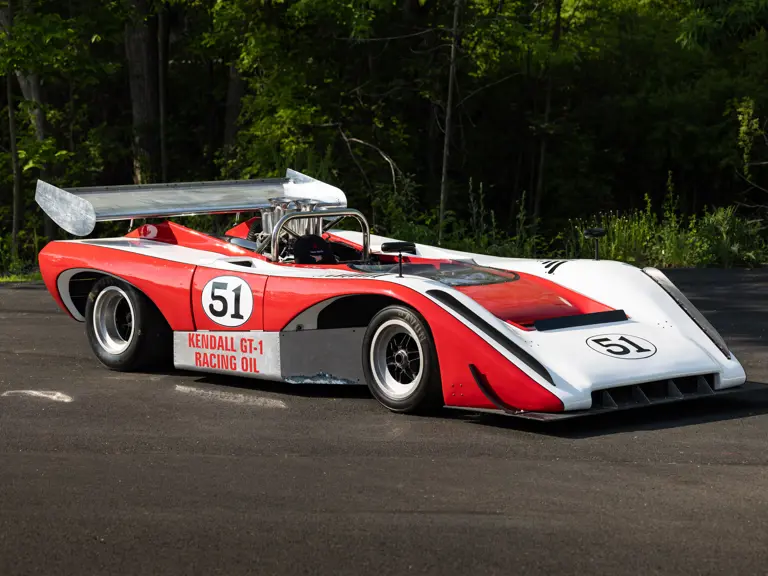


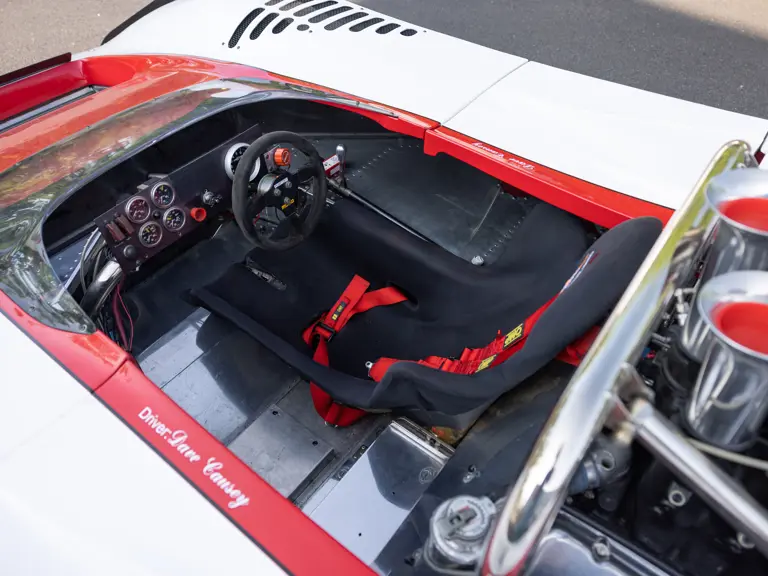

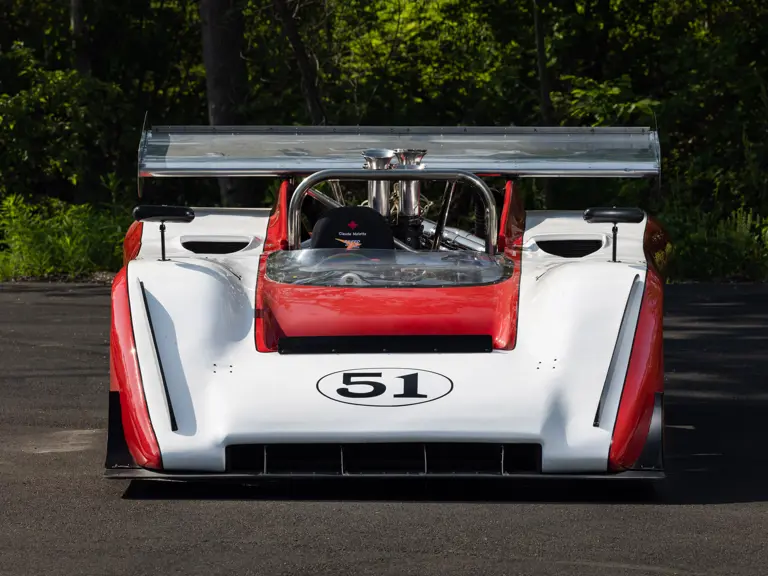

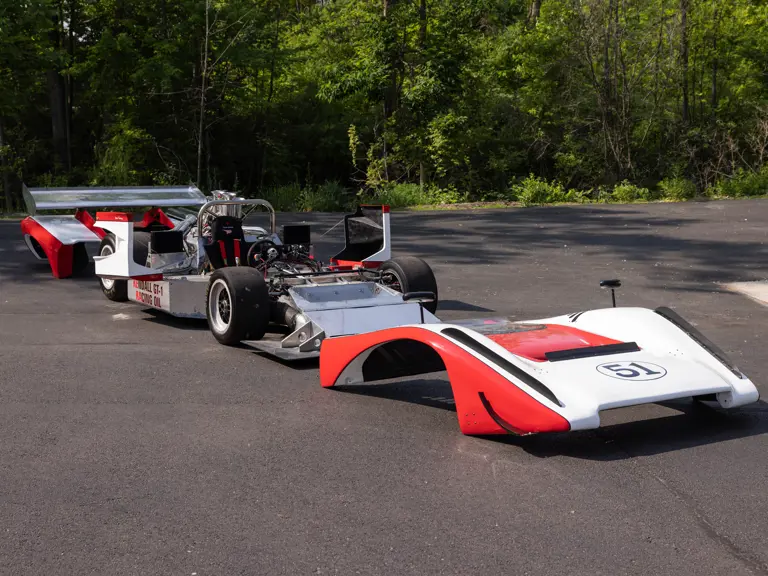

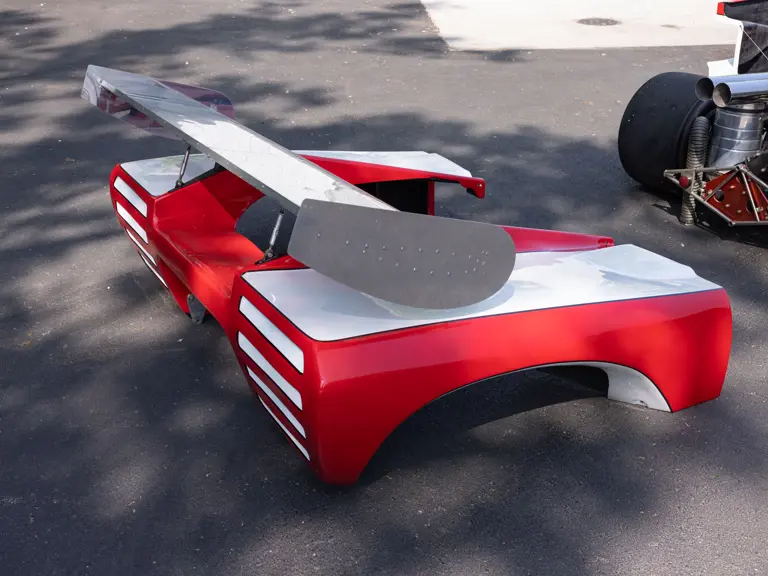
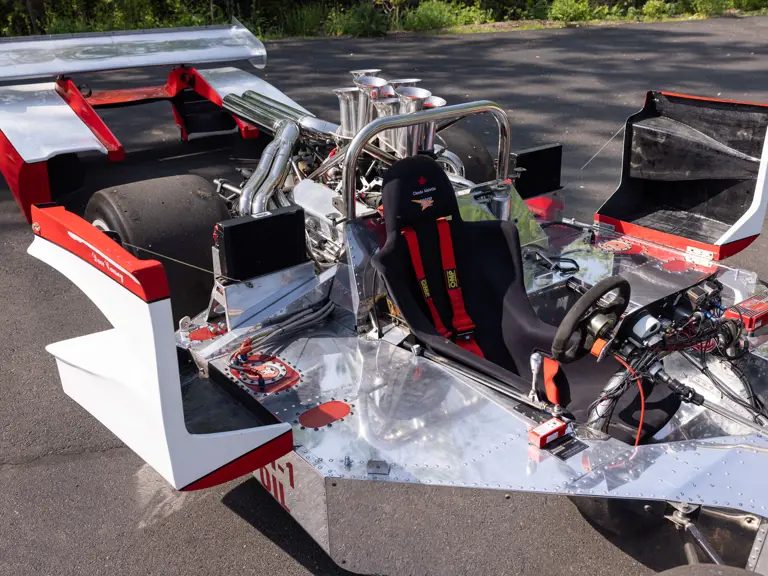

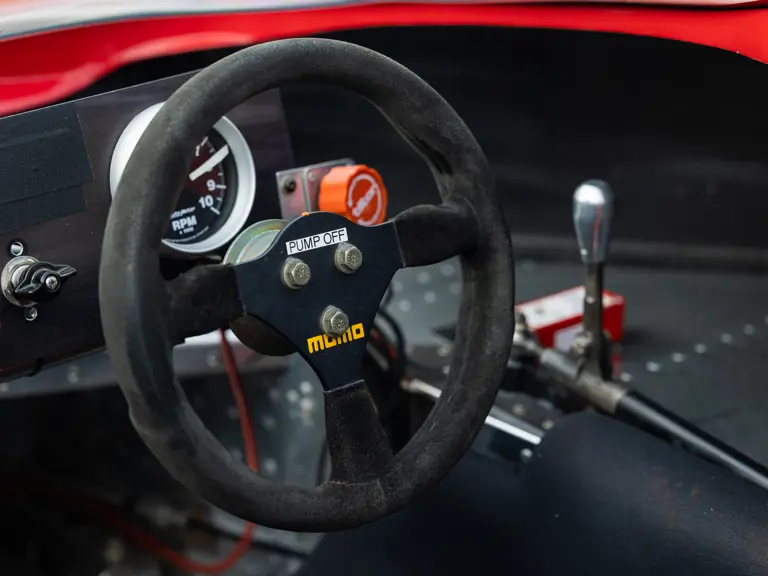
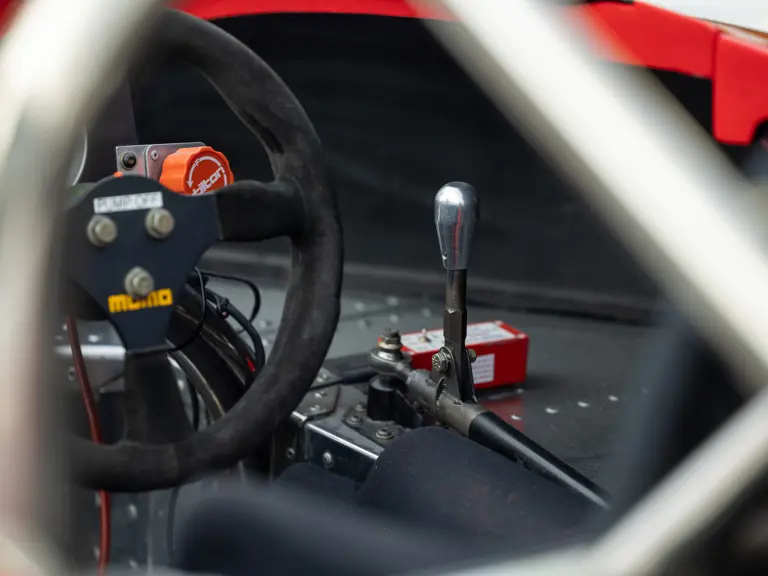
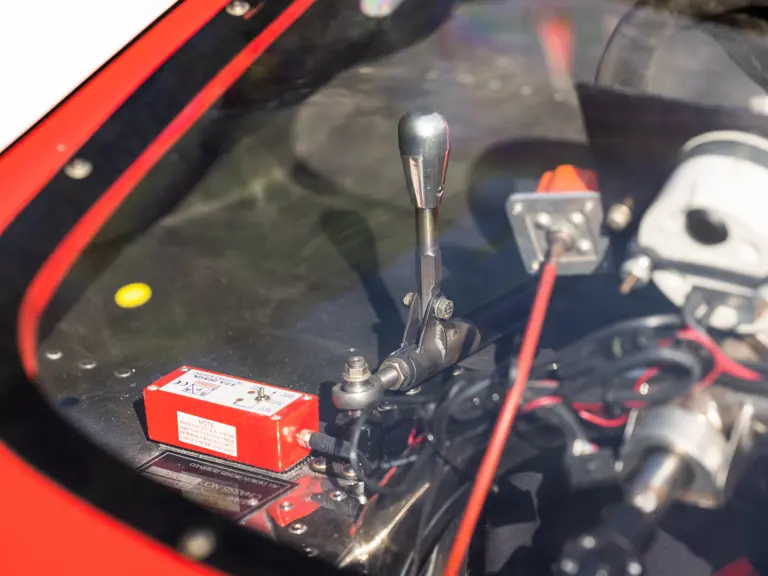

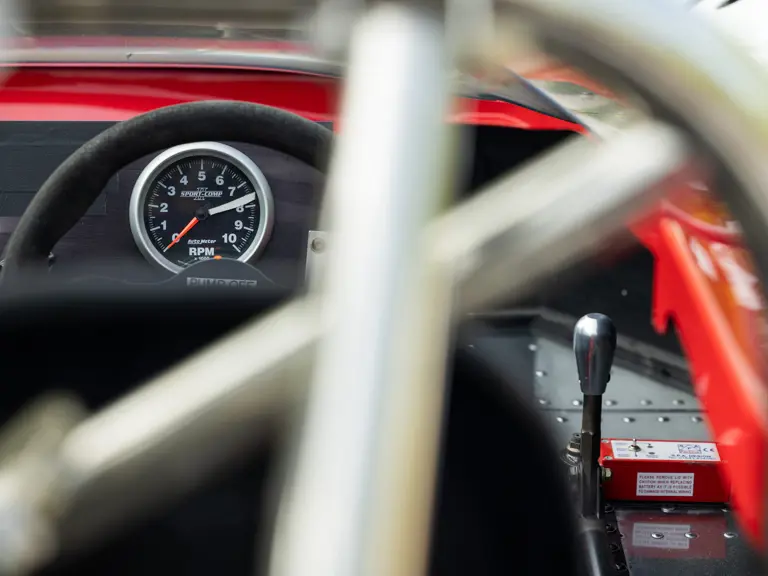
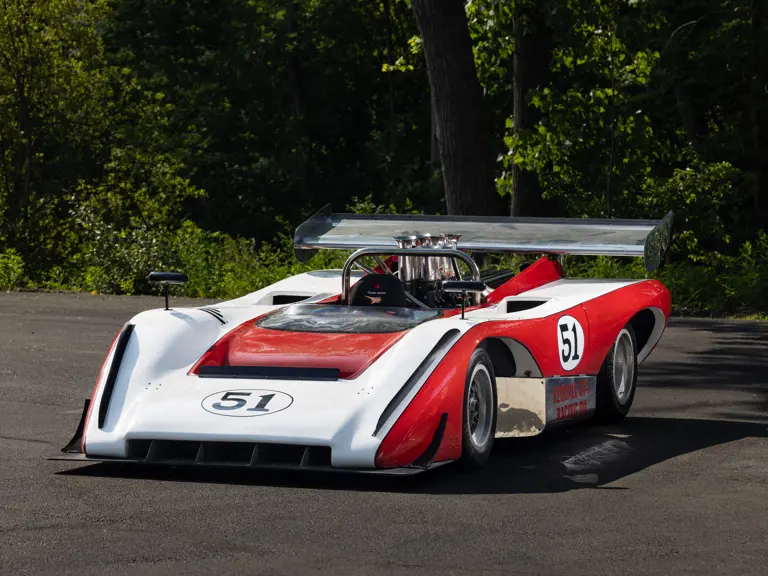
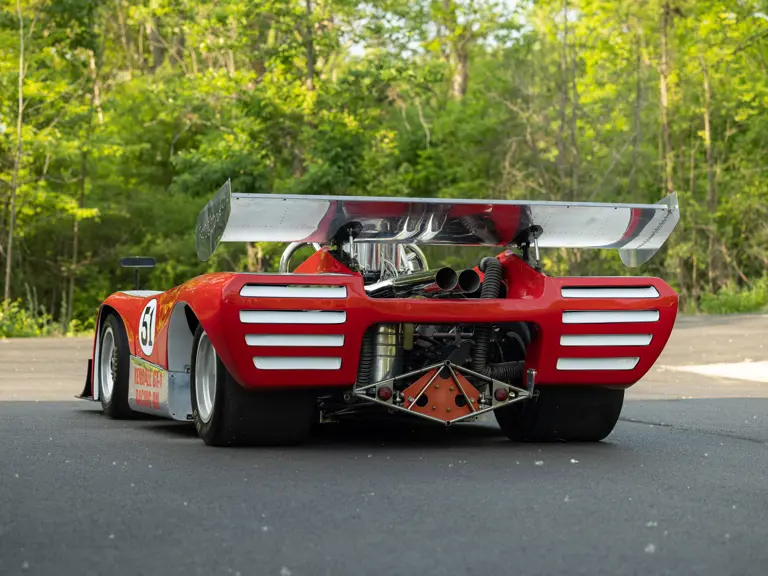
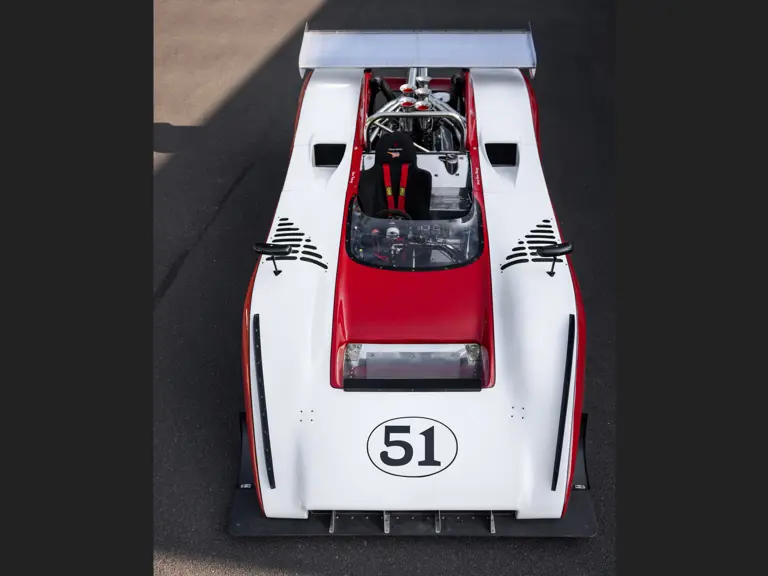
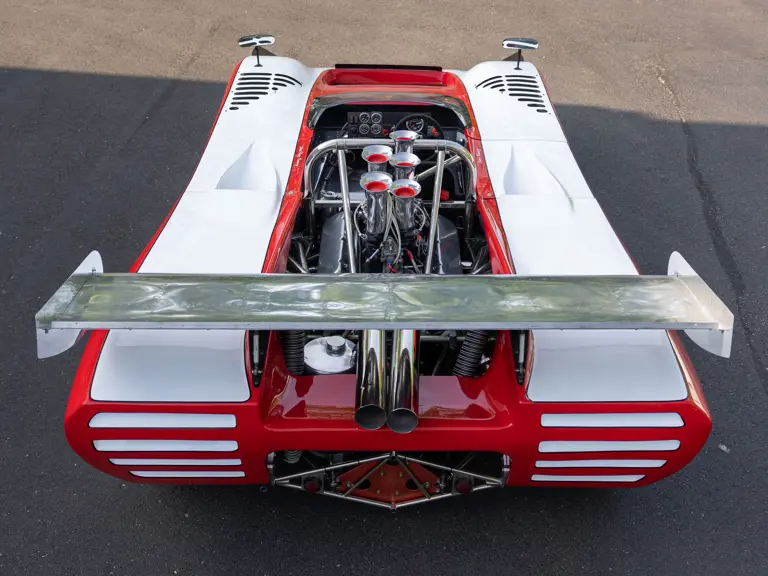



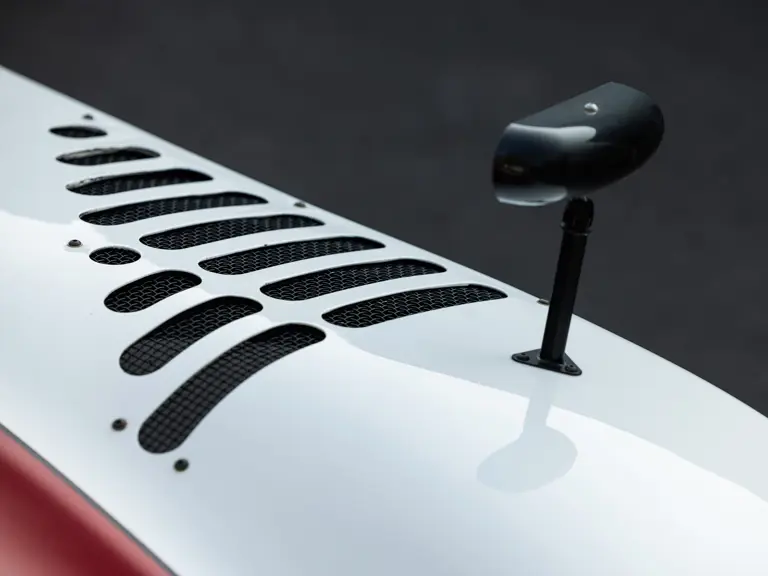


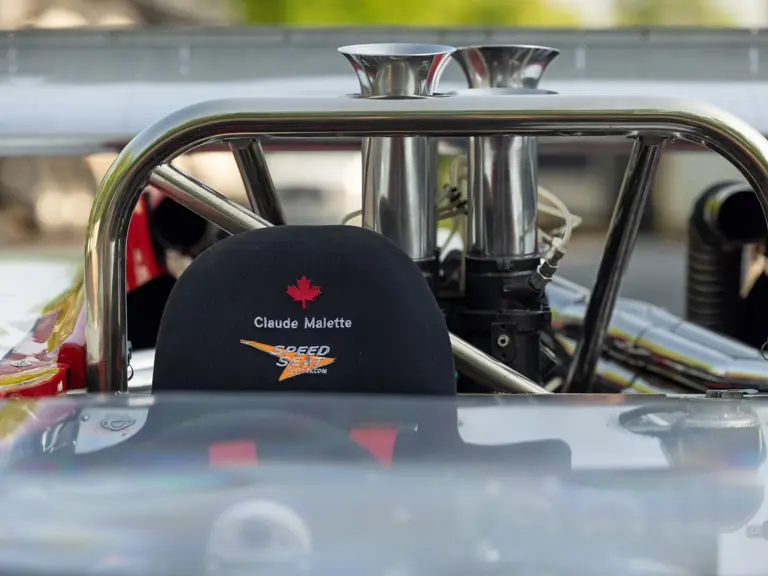
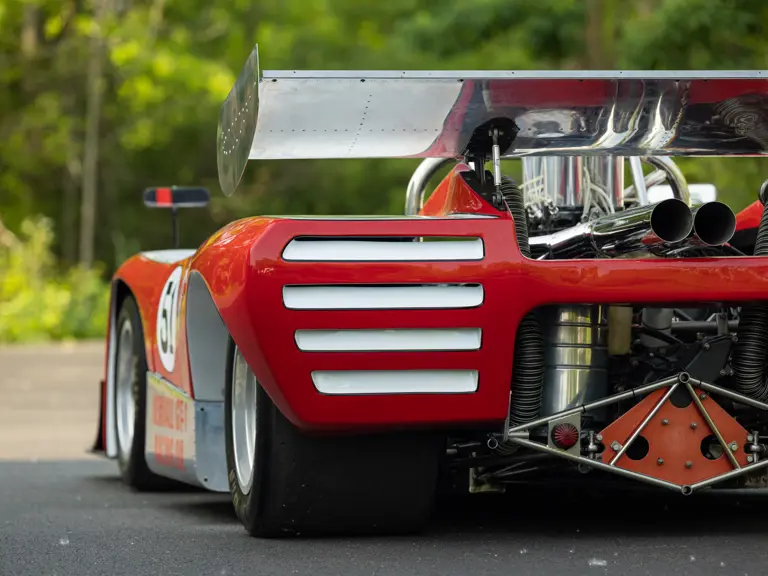
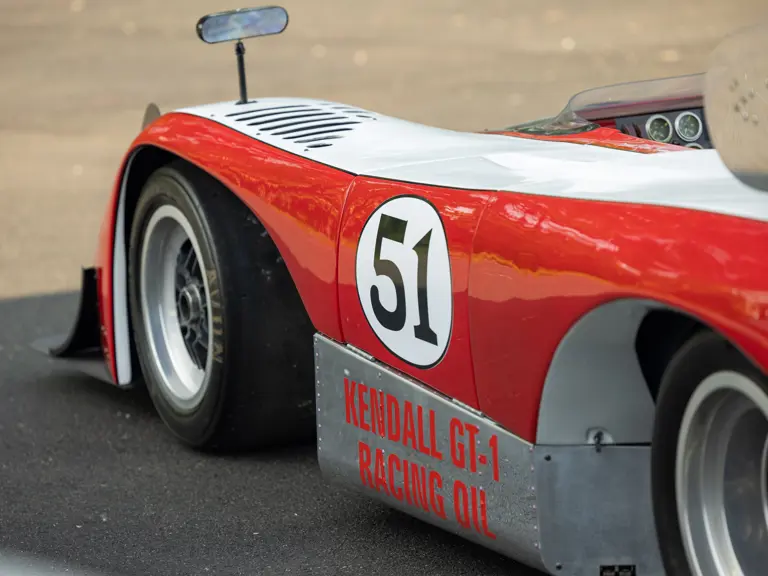
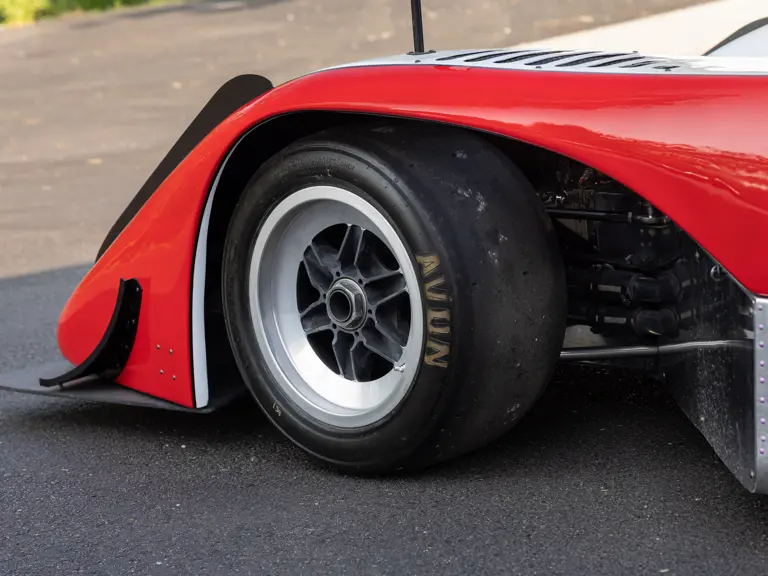
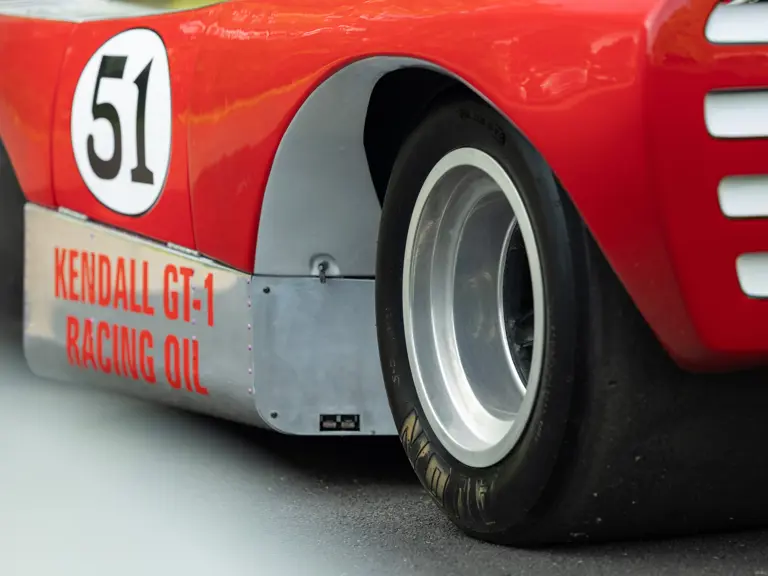
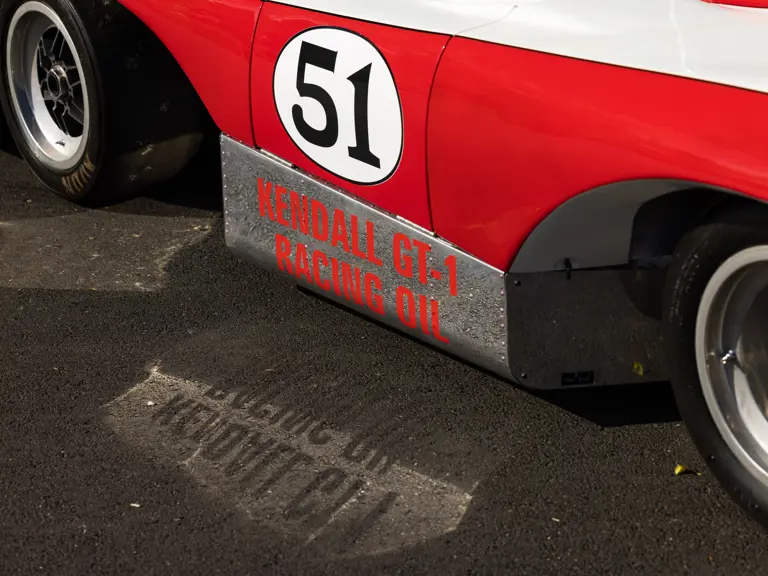


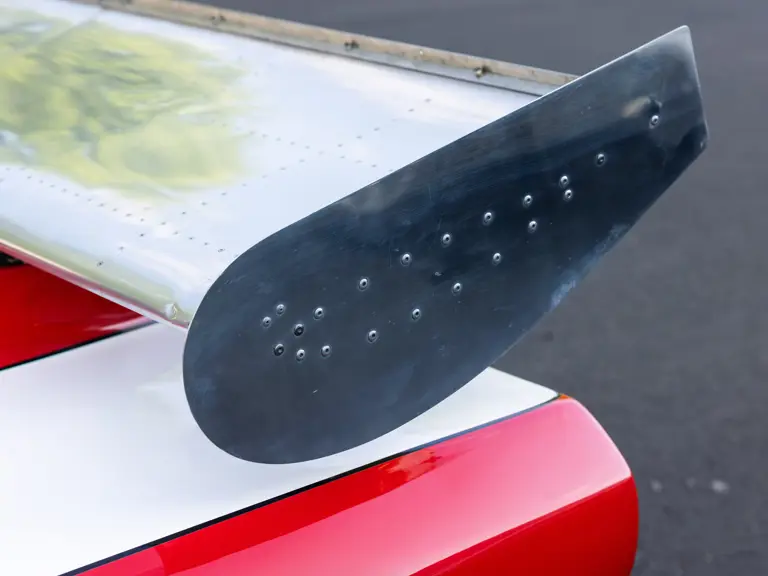
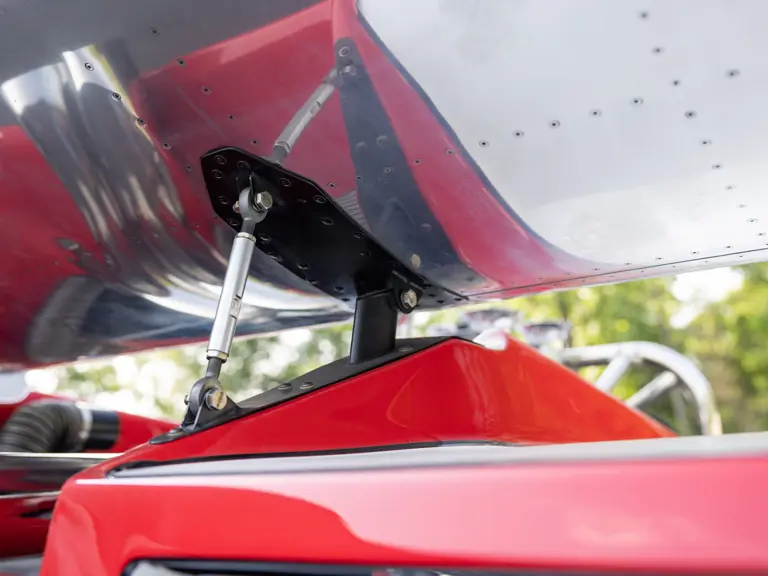
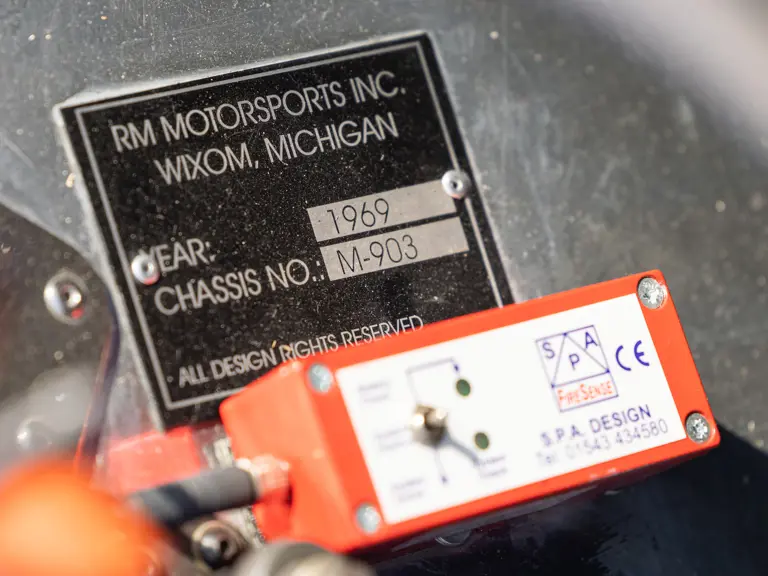
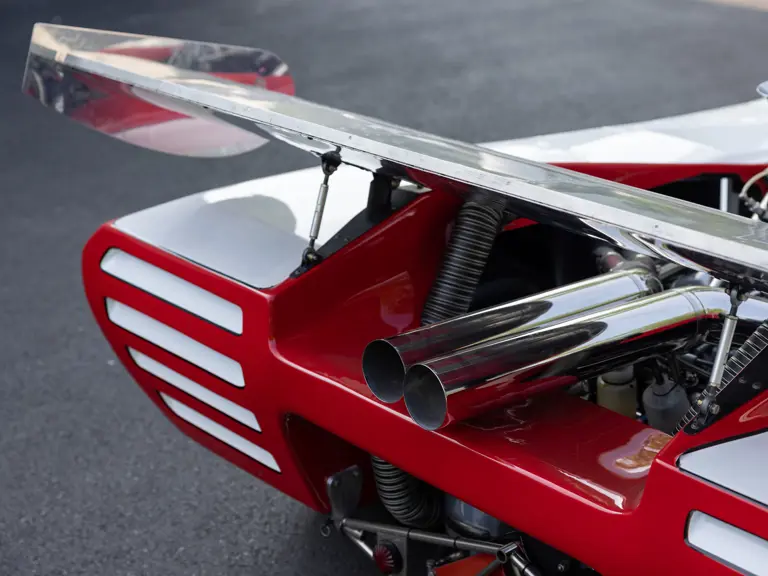
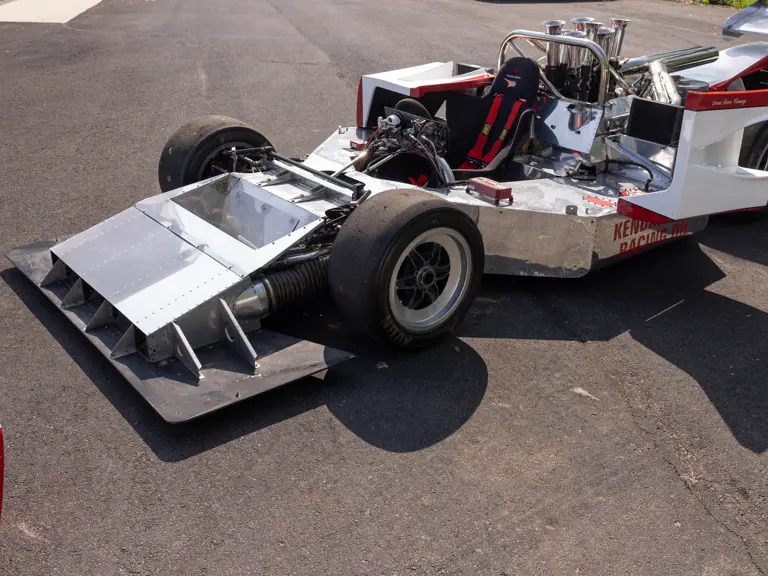

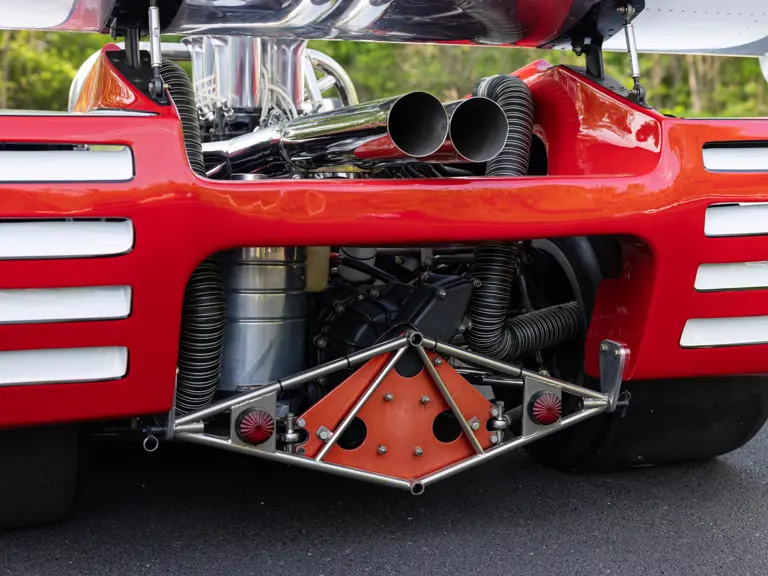
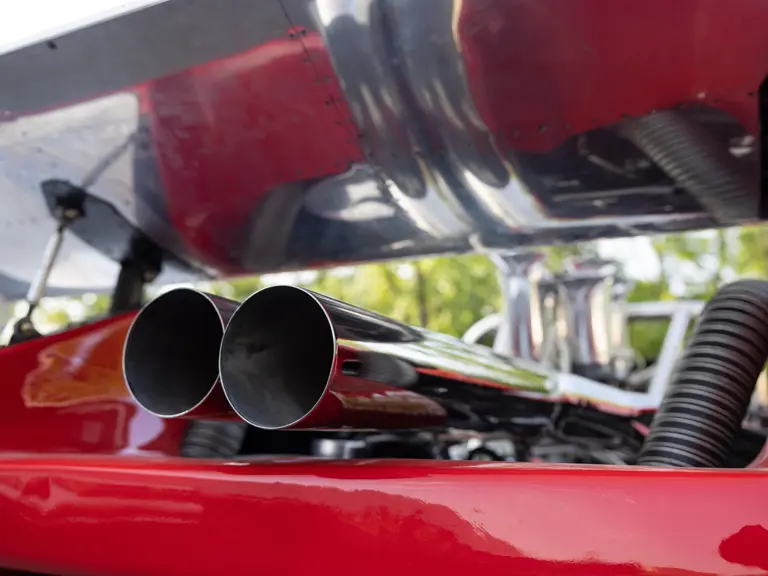
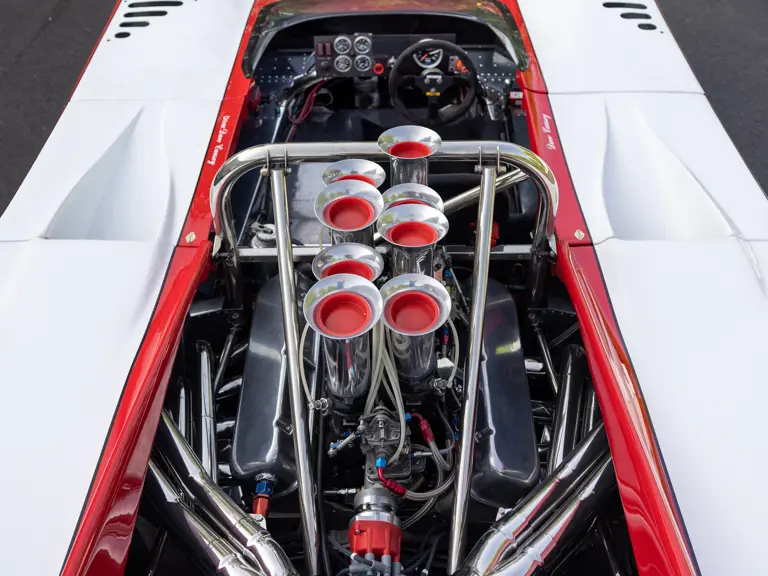
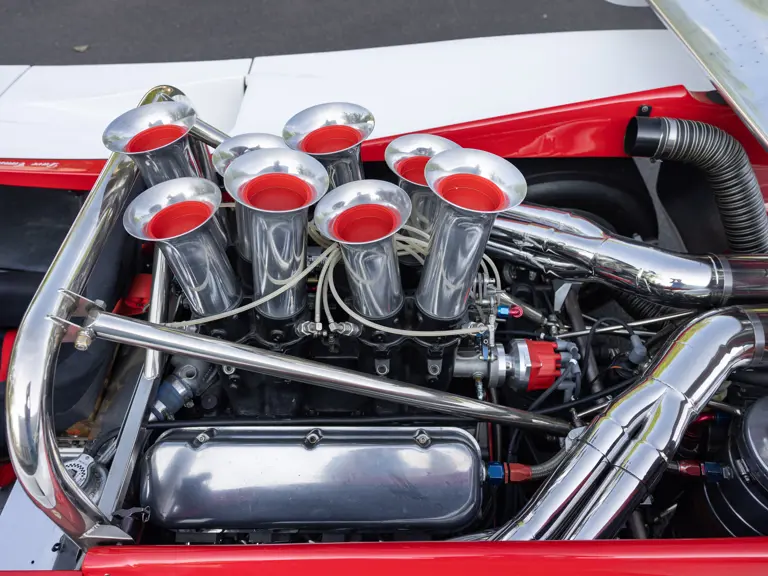

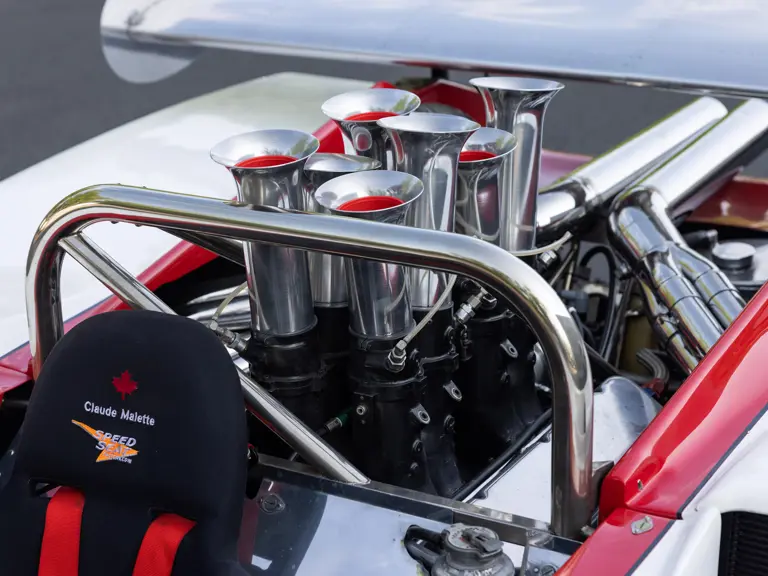



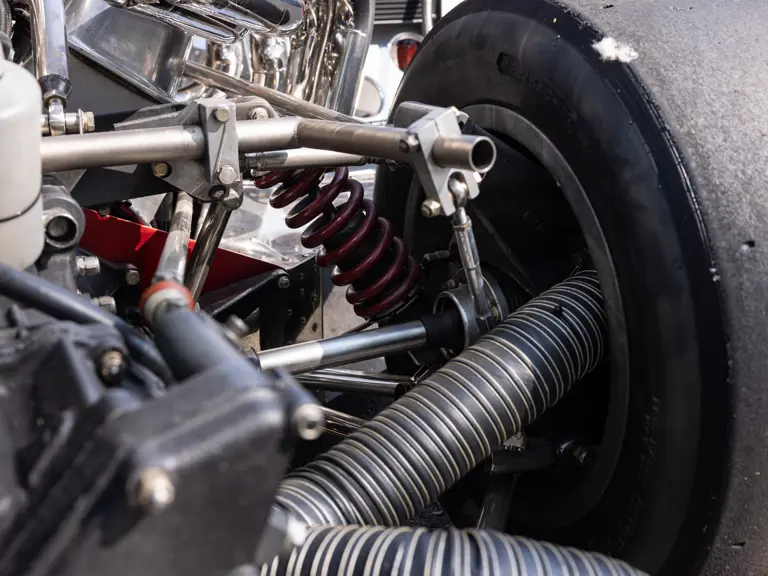
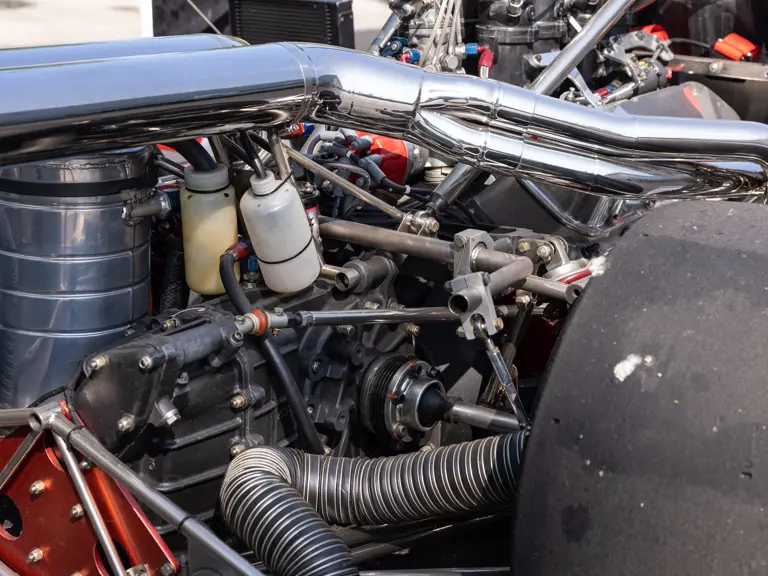
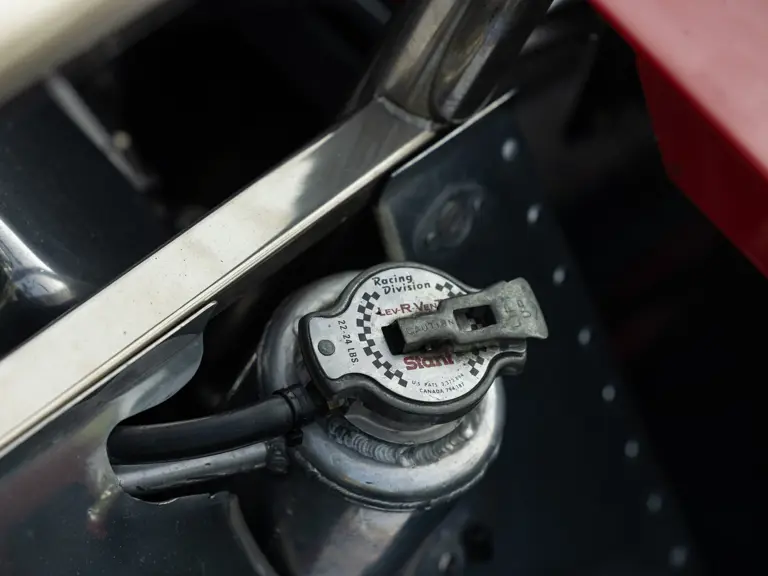

 | Monterey, California
| Monterey, California
